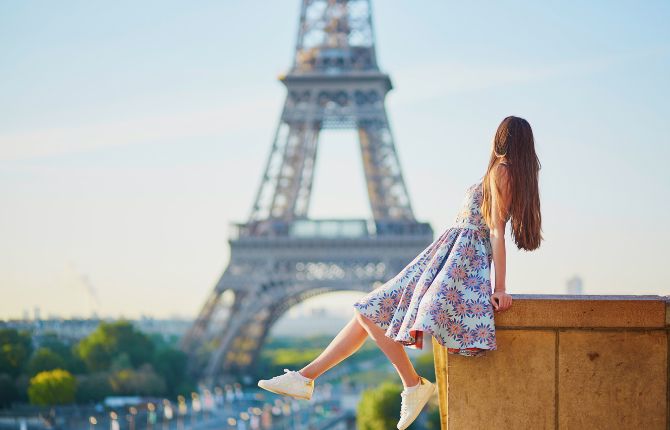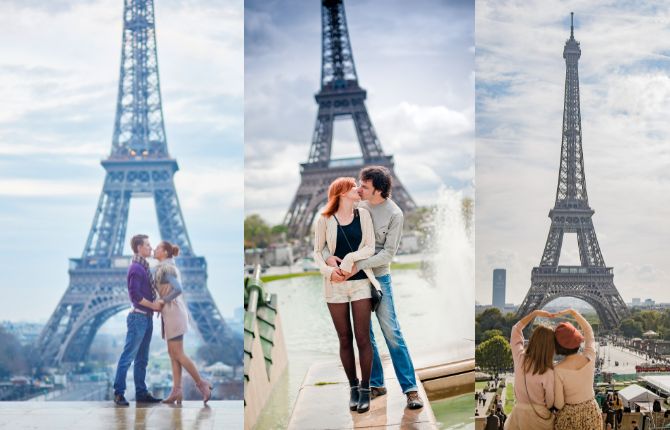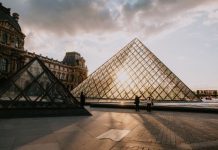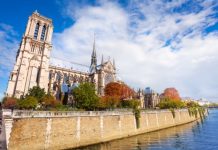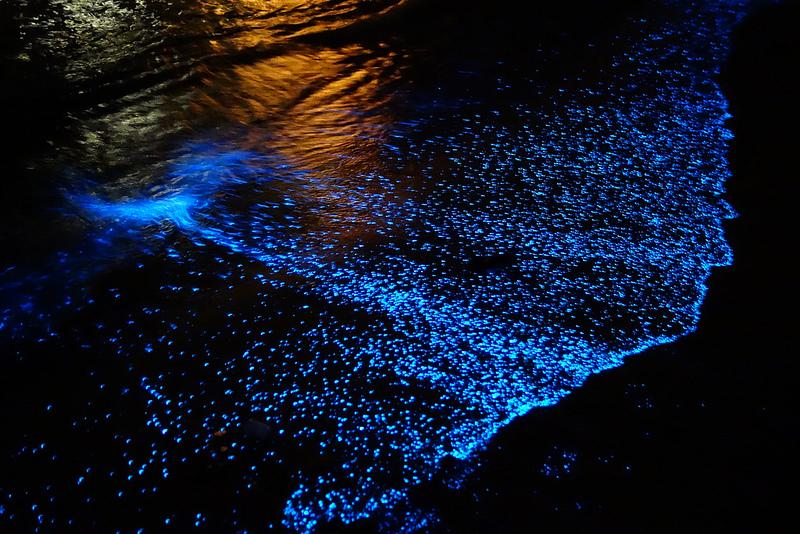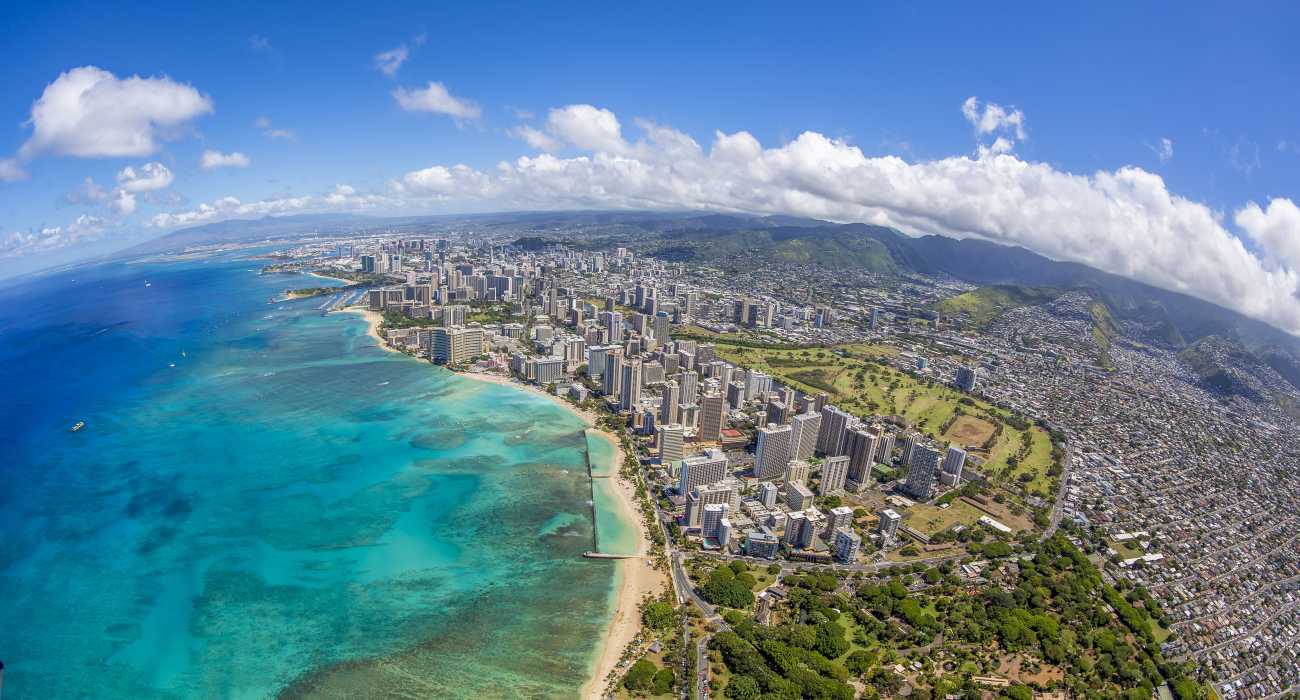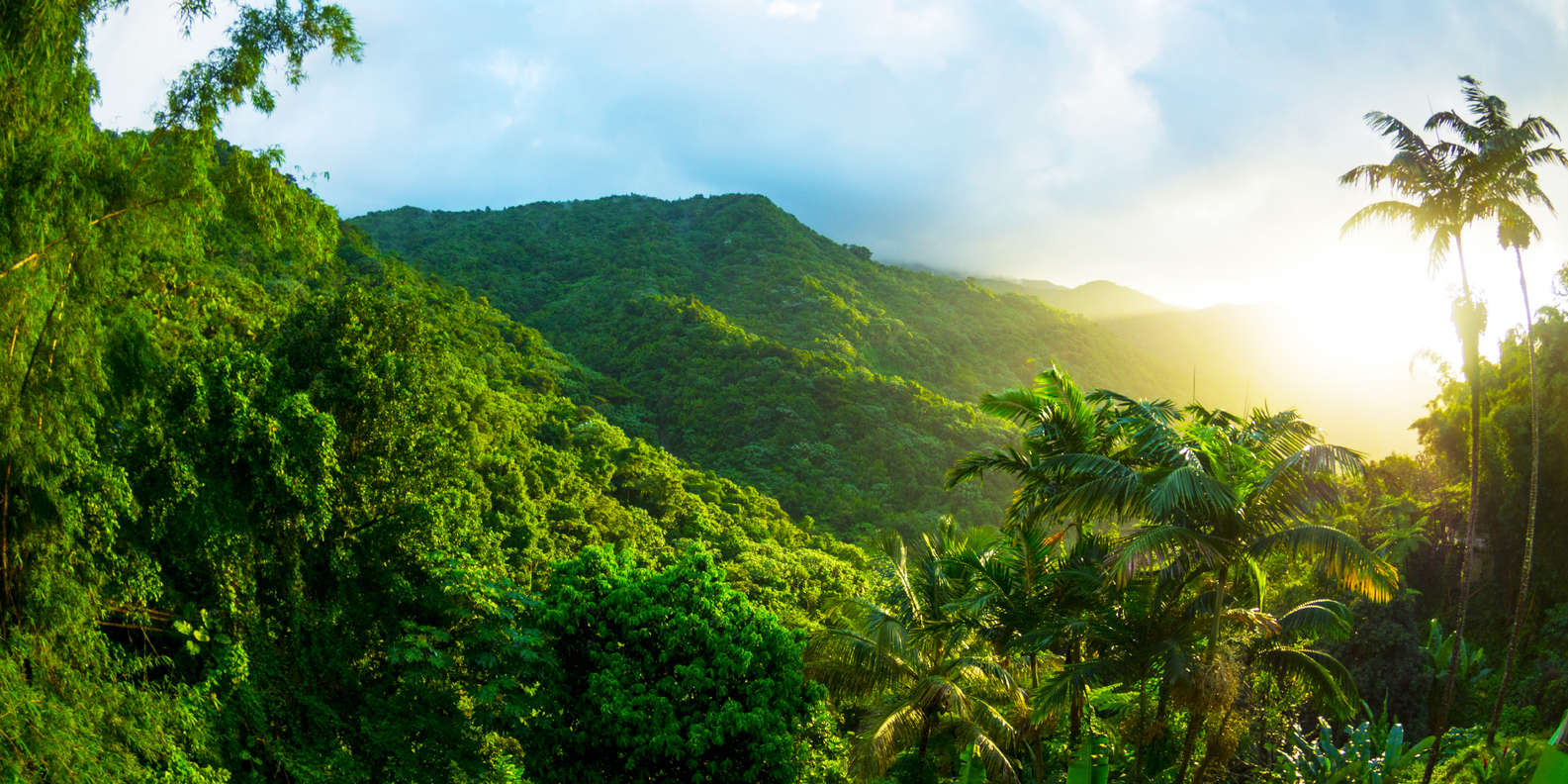If you are planning a visit to France, you must be interested in visiting the Eiffel Tower in Paris. As the most-visited paid monument in the world, the Eiffel Tower draws a large crowd of tourists every year (especially during the high season)
Because of this, it is common to find lines of up to two hours. To get around the long queues, the best thing to do is use the stairs. If you don’t feel comfortable using the stairs, you can take the elevator to the top.
To enter the tower, you’ll need to pay a fee for admission. But it’s still worth considering the price of admission.
There are several restaurants on the tower, including the Le Jules Verne restaurant and Madame Brasserie. The entrance fees of these restaurants are not included in the price of the ticket to visit the tower’s other levels.
However, you must purchase separate tickets if you’d like to take a trip to the upper levels.
The price for admission to the Eiffel Tower varies according to age and how high you wish to go. If you’re traveling with children, consider purchasing an elevator ticket instead.
Pillars of the Eiffel Tower
The technical description of the Eiffel Tower is based on notions of architecture. It has links that stand apart from the text and appear in italics. The text is largely based on a book written by Gustave Eiffel in 1900.
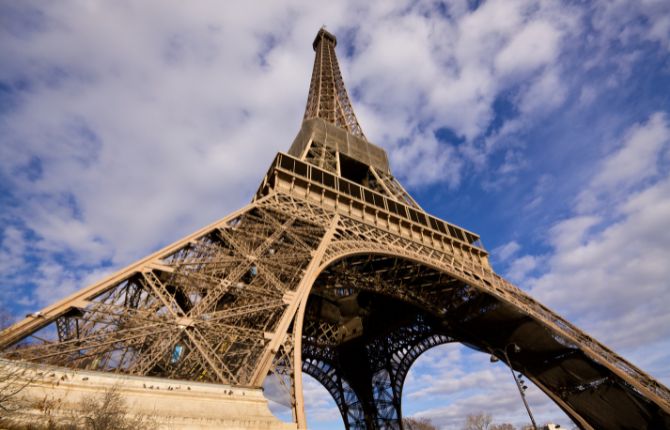
And the style is dated and the contents are less clear, but the purpose is still to explain the tower’s structure.
The first section of the text explains the rafters, large curved beams that rise from the pedestals. Those beams provide the general structure of the tower.
And the pillars of the Eiffel Tower are built at a 54-degree angle from the ground at the base, and the angle decreases as they rise.
At the top of the tower, the united pillars are virtually vertical. The structure is tilted by 3/8 of a degree toward the Seine River, which provides a space for the bascule bridge. The four pillars (East, South, North, and West) are connected to each other by two levels of girders.
The pillars form the second major portion of the construction of the Eiffel Tower. They lie above the foundations and are supported by massive cast iron feet on a cut stone base.
These pillars are connected by a molded steel counter-shoe that penetrates the shoe, which sits in a square 124-meter-wide ‘rafter’. They are in contact with one another at a special point, known as the ‘crossbowmen’.
First Floor of the Eiffel Tower
The First Floor of the Eiffel Tower is a unique and thrilling experience. The glass floor, a vertigo-inducing experience, and the museum at the base of the tower all give the visitor a feel for the wonder of the city from above.
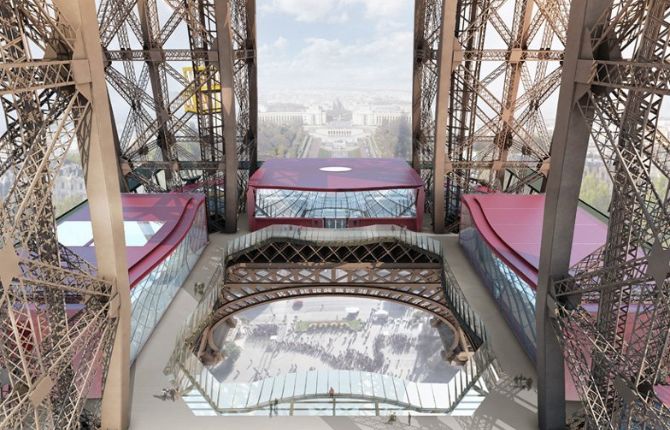
However, the most striking feature of this floor is the sprawling terrace below, which boasts snack counters and open-air seating. In fact, many people claim that this floor is the best spot to see Paris.
The First Floor of the Eiffel Tower is located 57 meters above the ground and accessible via elevator or stairs. It offers a panoramic view of Paris from the highest levels. A dismantled staircase is part of the museum’s history and architecture exhibit.
You’ll also find a museum featuring a bronze bust of Gustave Eiffel, which was sculpted by Bourdelle. You’ll also find a 19th-century lift machine here!
While the second floor is generally busier, it also features a Michelin-starred Jules Verne restaurant and champagne bar.
For dinner, the Second Floor of the Eiffel Tower has two Michelin-starred restaurants, as well as a champagne bar. In addition to the Le Jules Verne restaurant (which has a Michelin star), there are several other self-serve restaurants.
The Jules Verne restaurant is the only one with a Michelin star, and it’s a great spot for a romantic night out. You’ll have to make reservations ahead of time, and the elevator to get there is located on the South Pillar.
Second Floor of the Eiffel Tower
The Eiffel Tower has six hundred and seventy-four steps leading up to the second floor (125 meters above the ground).
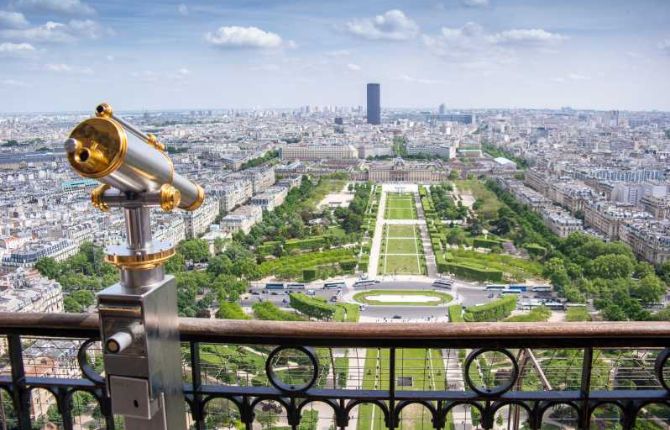
There is a blue flag on the staircase that indicates your destination. Gustave Eiffel designed the tower in 1889, but the 2nd floor’s dimensions are different today.
The Panorama Room offers panoramic views of Paris, including the Notre Dame Cathedral, the Louvre, Sacre-Coeur, Arc de Triomphe, fabled streets, the Seine River, and historic bridges.
The view from the Second Floor of the Eiffel Tower is magnificent, and you’ll be amazed at how high it is! Whether you’re on a budget or looking for an unforgettable experience, the Second Floor of the Eiffel Tower is the place to be.
You can even walk on the glass floor!
To access the 2nd Floor of the Eiffel Tower, you must buy a ticket and use the stairs or lift to get there. Then, if you’d prefer to see the top of the tower without walking, you can purchase a ticket that grants access to the summit only.
Top of the Eiffel Tower
The Top of the Eiffel Tower is the highest observation deck in Europe. It is located 276 meters above the city.
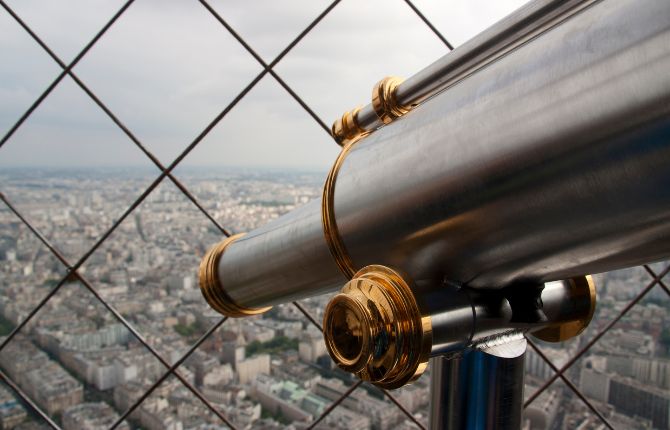
It is a great place to take photos and take in the stunning cityscape below. There is an indoor floor and an open-air floor, and you can visit the Eiffel Tower’s interior and enjoy a glass of champagne.
Also, you can visit Gustave Eiffel’s office, which has been restored to its original state. While you’re there, don’t forget to secure your camera strap.
The first floor has a transparent floor, making it possible to see the esplanade below. The second floor has a panoramic observation deck, a Michelin-starred Jules Verne restaurant, and gift shops.
If you’re interested in learning more about the history of the tower, there are several video tours available on demand.
Visitors can also view the view from various points of the Tower. At the top, there is a scene featuring the Eiffel Tower’s creator, Gustave Eiffel, and his daughter Claire.
A gramophone is also on display at the top. Panoramic maps are located throughout the tower, allowing visitors to see the city silhouettes from above. Each silhouette is a different height, with the name and geographic location of the city noted on it.
Tickets can be purchased up to 60 days in advance. For peak season, you’ll need to purchase tickets in advance. You may want to purchase tickets online if you’d like to guarantee priority access to the Tower.
However, be aware that the security protocols change frequently. Make sure to check with the Paris Tourist Office to confirm any changes in security protocol.
The Eiffel Tower at Night
During the winter, you can visit the Eiffel Tower at night. Its spire is lit up with diamond-sparkling lights, which sparkle five minutes each hour.
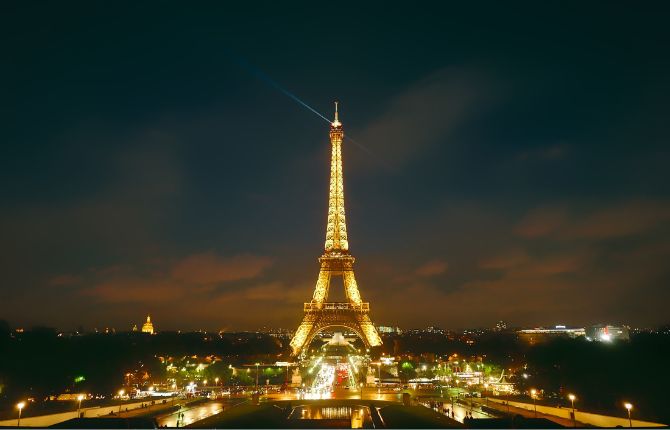
The lights are on display all night long, but the last sparkle is unique. The lights flash faster than the rest and dance. The nighttime show represents 4% of the building’s energy bill. So, if you’re in Paris during the winter, you won’t want to miss this unique show.
Photographers and videographers can take photographs of the illuminated Eiffel Tower for personal use. However, it is important to note that it is illegal to share or sell images taken of the Eiffel Tower at night.
The French government protects artwork by requiring prior permission. You can also ask for permission from the SETE if you wish to use photographs taken during the nighttime.
But keep in mind that it is still illegal to copyright.
If you wish to see The Eiffel Tower at night, several locations offer views of the iconic landmark.
However, the best views are those that offer river views, such as Pont Neuf Bridge and Le Perchoir Le Marais. If you’re lucky, you’ll get to see the light beams from up to 80 kilometers, and they can travel more than 50 miles!
In fact, it’s possible to see the tower from different angles while you’re watching it if you plan ahead.
The Eiffel Tower is open at night almost every day of the year, but its hours are limited. Mid-June to early September, the tower is open until midnight.
The rest of the year, it is open until 11 pm. The hours of operation are extended to midnight during the Easter weekend and during spring break.
But, it is best to check the times before visiting.
Best Places for Photos Ops near Eiffel Tower
There are a few popular photo ops around the Eiffel Tower. You can start your photo session at sunrise, which is the least crowded time.
If you arrive at the tower at dusk, you may want to wait a little longer until the sun starts to rise. After all, you can always try to get a different perspective on the monument.
Then, head over to Rue Saint-Dominique, where the most adorable location is right outside the Au Canon des Invalides brasserie.
You can get a great view of the tower from the Champs de Mars, a vast green space right next to the Tower. It’s a great place to photograph the tower when the cherry blossoms are in bloom.
There are many other beautiful photo ops around the Eiffel Tower, so make sure you plan your trip accordingly.
For a more dramatic view, head to Montparnasse, the tallest building in Paris. Ticket prices for adults start at 16 euros, and the observation deck can be reached from about 210 meters (689 feet) in the sky.
The view of the tower is especially amazing at night. You can also buy day or night passes from the tower’s observation deck, but the view will be limited if you don’t have a zoom lens.
Visiting the Eiffel Tower in Paris
- Pillars of the Eiffel Tower
- First Floor of the Eiffel Tower
- Second Floor of the Eiffel Tower
- The Top of the Eiffel Tower
- The Eiffel Tower at Night
- Best Places for Photos Ops near Eiffel Tower


